Disclosure: This article contains affiliate links. We may earn a commission from purchases at no extra cost to you, which helps our travel content.
The first thing that strikes you in Havana isn't the classic cars or the colonial architecture – it's the rhythm. Not just the music spilling from doorways and windows, but the actual pulse of the city itself. After five visits to Cuba's capital, I've developed a relationship with Havana that goes beyond the postcard-perfect scenes in Vieja. The real magic happens when you step away from the Malecón crowds and venture into the labyrinthine streets where locals live their daily lives. This autumn marked my return after a three-year absence, and while some things had changed, Havana's soul remains gloriously intact. Join me as I share the hidden corners, architectural treasures, and community spaces that most travelers miss – the places where Havana's complex identity truly reveals itself to those patient enough to look beyond the guidebook.
The Architectural Time Capsules of Centro Habana
Centro Habana sits like a fascinating middle child between touristy Old Havana and upscale Vedado. It's here, among the crumbling yet magnificent buildings, that I found the city's most authentic architectural storytelling.
My favorite discovery was the forgotten micro-district surrounding Calle Neptuno. These streets showcase a stunning collision of architectural styles – neo-classical façades with Art Deco elements, revolutionary-era modifications, and ingenious DIY repairs. The buildings tell Cuba's complex history more honestly than any museum.
One afternoon, I befriended Julio, an elderly resident who invited me to his rooftop terrace. 'Most tourists never see our city from above,' he told me as we climbed six flights of stairs. The reward was breathtaking – a 360° view of Havana's urban tapestry, with laundry fluttering between buildings like prayer flags and rooftop gardens creating patches of green amid the concrete.
The most remarkable structure was an abandoned theater on Calle San Rafael, its ornate ceiling partially collapsed but still displaying fragments of celestial murals. Local artists have reclaimed the space for impromptu exhibitions, turning architectural decay into a canvas for contemporary expression.
For photographers, I recommend visiting during the golden hour when the low sun transforms even the most weathered buildings into glowing testimonies of resilience. My travel tripod proved invaluable for capturing the dramatic light and architectural details without camera shake.
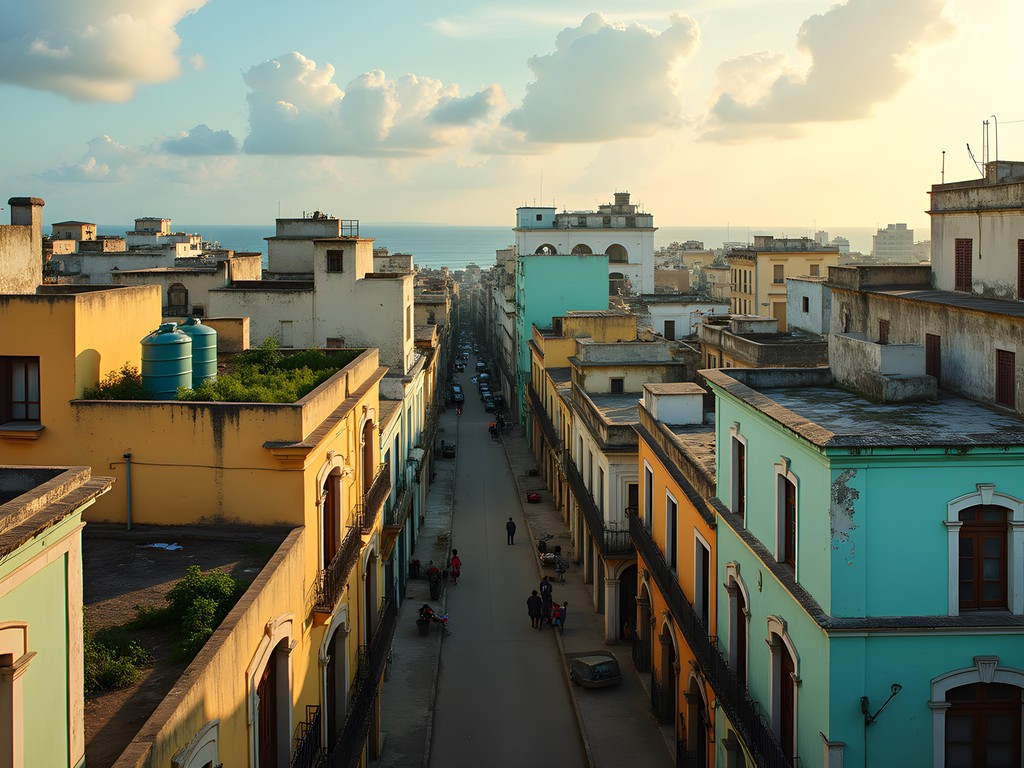
💡 Pro Tips
- Visit Centro Habana early morning or late afternoon when residents are out socializing on stoops and in doorways
- Look up constantly – some of the best architectural details are above street level
- Bring small denomination CUC to offer if locals invite you to see inside buildings or climb to rooftops
The Secret Passageways of Habana Vieja
Old Havana (Habana Vieja) is undeniably beautiful but often suffocatingly touristy. However, even here, secrets await those willing to venture beyond the four main plazas.
My favorite discovery came through a chance encounter with a local architecture student who showed me a network of interior passageways connecting several colonial-era buildings. These pasajes date back to when wealthy families owned entire blocks and created private shortcuts between properties.
The most fascinating is Pasaje Enrique, accessible through an unmarked wooden door on Calle Obispo. This narrow corridor opens into a series of connected courtyards where families have created vertical neighborhoods, with makeshift apartments stacked four stories high around central light wells.
Nearby, I stumbled upon Casa-Estudio Julián Schnabel, a partially renovated colonial mansion where the American artist lived while filming in Cuba. The caretaker occasionally allows curious visitors to see the ground floor with its blend of original features and contemporary art installations.
Perhaps the most magical hidden space is the rooftop of the Edificio Gómez Vila on Calle O'Reilly. The building houses a dance school, and if you visit around sunset, you might catch students practicing on the rooftop with the cathedral dome silhouetted against the darkening sky – a scene that captures Havana's essence better than any postcard.
For these explorations, comfortable footwear is essential. My walking shoes have been perfect companions for Havana's uneven cobblestones and countless stairs, providing both support and breathability in the tropical heat.
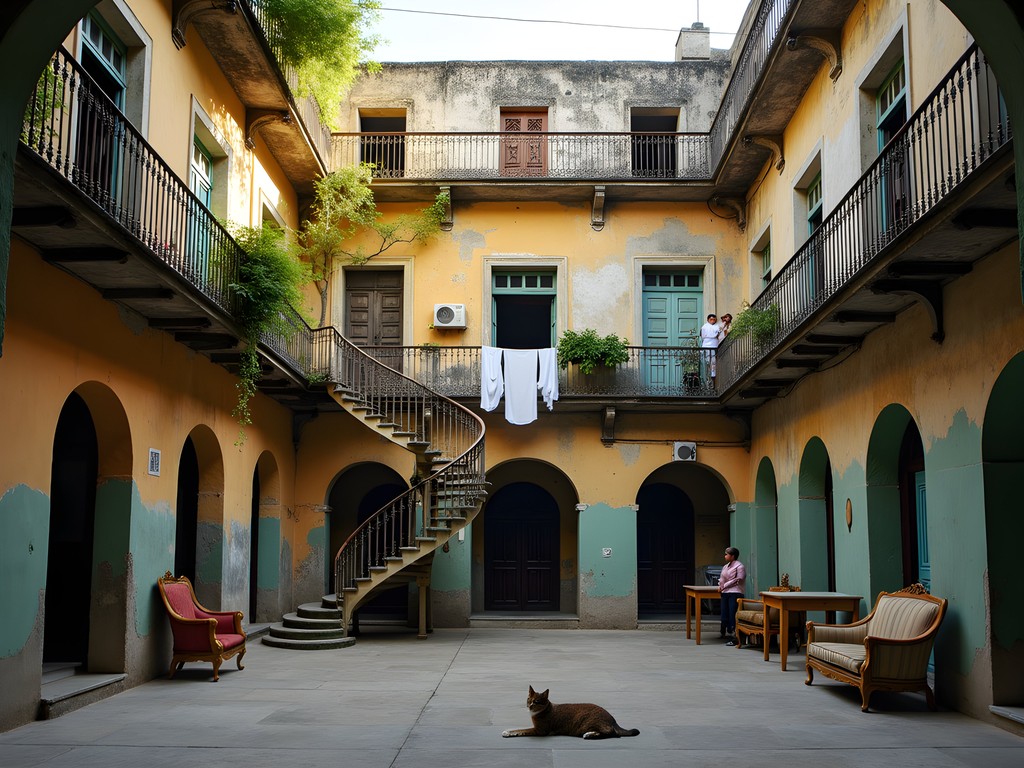
💡 Pro Tips
- Bring a small flashlight for exploring dimly lit passageways and stairwells
- Learn basic architectural terms in Spanish to better communicate your interest to locals
- Visit the Film Institute (ICAIC) on Calle 23 for maps of historical buildings open to the public
Community Art Spaces Beyond the Galleries
Havana's official art scene is well-documented, but the most exciting creative spaces exist in the margins, where community and creativity merge organically.
In the often-overlooked neighborhood of Casablanca (across the bay from Old Havana), I discovered Casa Taller Chullima, a community art initiative housed in a former warehouse. Local artists have transformed the space into studios and exhibition areas where they create work from recycled materials found throughout the city. What makes this place special is its integration with the neighborhood – residents drop by to participate in workshops or simply chat with artists while children play among the sculptures.
Back in Centro Habana, El Tanque has emerged as one of the most innovative cultural spaces in the city. This former water tank now hosts experimental music performances, film screenings, and art installations. I attended an impromptu jazz session where musicians from three countries collaborated while projections transformed the circular walls into a canvas of moving light.
Perhaps the most surprising discovery was a series of micro-galleries operating out of people's living rooms in Vedado. These casas-galería represent a new wave of independent art spaces where artists display work outside the state system. The addresses circulate by word of mouth – ask at the University of Havana's art department or at established galleries like Fábrica de Arte Cubano for current locations.
During my explorations, I found my compact camera ideal for documenting these spaces without being intrusive. Its excellent low-light performance captured the atmosphere of dimly lit galleries and evening performances without requiring a flash.

💡 Pro Tips
- Follow street art to find emerging cultural spaces – murals often lead to community art centers
- Attend university art shows to connect with students who know the underground scene
- Bring art supplies to donate to community centers – materials are extremely valuable and hard to source locally
Havana's Hidden Transport Networks
As someone who's built a career around exploring urban transport systems, Havana presents a fascinating case study in mobility adaptation and improvisation.
Beyond the famous classic car taxis lies a complex network of transportation options that most tourists never discover. The almendrones (shared fixed-route taxis) are Havana's unofficial public transport backbone. These 1950s American cars follow set routes for just 10 pesos (about 40 cents) per journey. I spent a day mapping the main routes and discovered they offer the most efficient way to traverse the city while interacting with locals.
Even more intriguing are the ruteros – converted trucks with makeshift passenger compartments that connect outer neighborhoods to the city center. Riding these reveals a Havana that tourists rarely witness, from the Soviet-style apartment blocks of Alamar to the industrial zones beyond the tourist map.
The most surprising transport discovery was Havana's ferry system. The lanchita connecting Old Havana to Casablanca and Regla offers not just practical transportation but the city's best views. For 1 peso (about 4 cents), you join workers, students, and locals in a brief journey that provides breathtaking perspectives of the harbor and city skyline.
During my ferry explorations, I was grateful for my waterproof backpack which protected my camera gear during an unexpected afternoon downpour. The old ferries aren't exactly weatherproof, and Havana's tropical showers can appear without warning.
Perhaps my favorite transport experience was joining the bicycle commuters along the Malecón at dawn. While Havana isn't particularly cycle-friendly, a growing community of cyclists has established informal routes that offer a unique perspective on the awakening city.
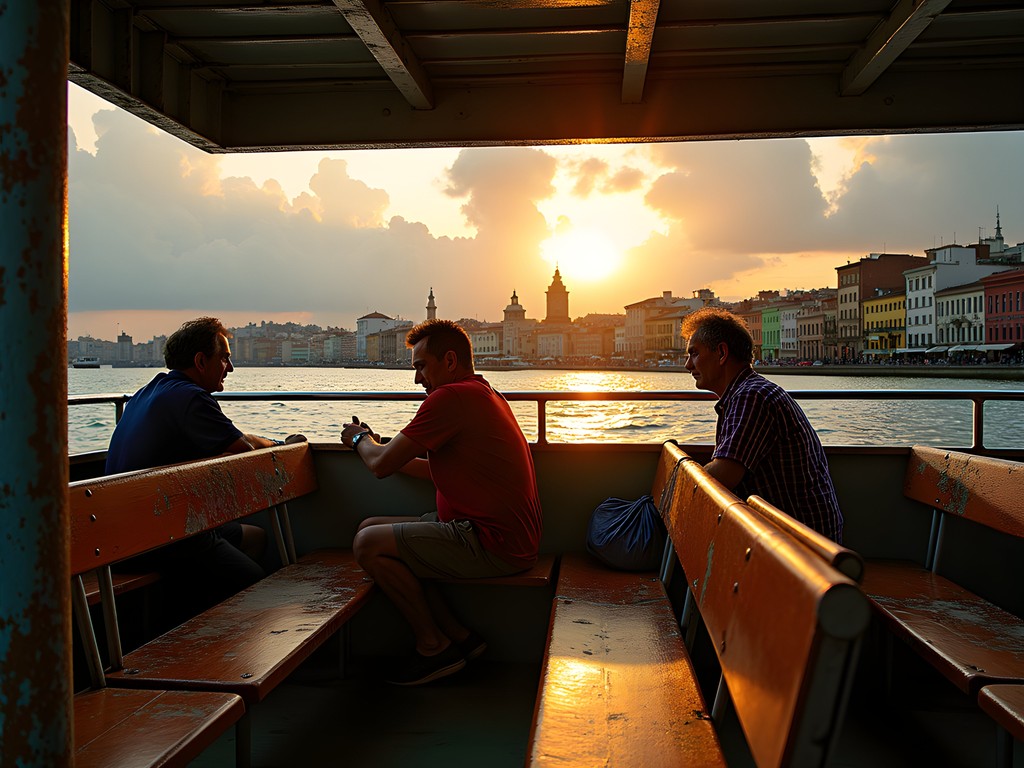
💡 Pro Tips
- Download maps.me before your trip and mark the main almendron routes for easy reference offline
- Ride the Casablanca ferry just before sunset for spectacular photography opportunities
- Learn the hand signals locals use to hail shared taxis heading in specific directions
The Neighborhood Cafés Where Locals Actually Eat
Forget the state-run restaurants in tourist areas – Havana's culinary revolution is happening in small private establishments (paladares) and hole-in-the-wall cafés where locals gather.
In Vedado, I discovered Café Fortuna Joe on Calle 23D, a quirky spot decorated with vintage typewriters and record players. Unlike the more famous paladares, it's primarily frequented by university students and young Cubans. Their coffee ceremony – where beans are ground at your table and brewed using traditional methods – offers both theater and exceptional flavor.
Deeply hidden in Centro Habana is Café Madrigal, occupying the front room of filmmaker Rafael Rosales' apartment. What began as friends gathering for discussions has evolved into an intimate café-bar where Havana's intellectual and artistic community congregates. The walls display rotating photography exhibitions, and impromptu poetry readings often break out in the evenings.
For authentic Cuban home cooking, nothing beats the unmarked comedor (dining room) I found on Calle Aguacate in Old Havana. Run by an elderly couple in their front room, it serves just one dish daily to a handful of tables. There's no menu – you eat what's cooking, typically a hearty stew with rice, beans, and plantains. The couple's grandson practices English with visitors while his grandmother insists you haven't eaten enough.
Perhaps the most special food experience was joining a domino food club – informal gatherings where neighbors contribute dishes for Sunday afternoon domino games. I was invited after helping a local carry groceries home. These aren't commercial establishments but represent the true heart of Cuban hospitality.
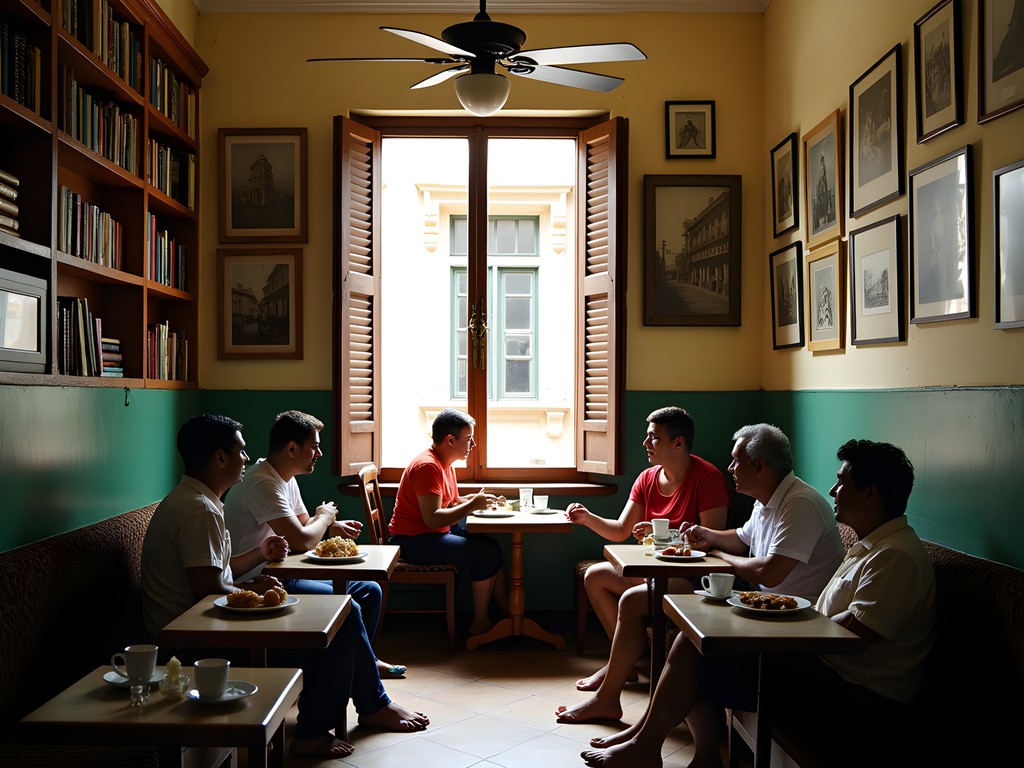
💡 Pro Tips
- Look for places with handwritten menus in Spanish rather than tourist-oriented picture menus
- Ask for the 'plato del día' (plate of the day) for the most authentic and economical option
- Timing matters – visit local cafés around 3-4pm when Cubans take their coffee breaks
Final Thoughts
As I left Havana after my week of urban exploration, I realized that the city had once again transformed me more than I could ever document it. The true Havana exists in the spaces between – in the conversations with elderly domino players, in the ingenuity of makeshift rooftop communities, and in the resilience reflected in every repurposed building. This city demands more than passive observation; it requires active participation in its daily rhythms and challenges. The Havana that exists beyond the guidebook isn't just a collection of hidden spots but a lesson in how cities adapt, survive, and maintain their soul against all odds. If you visit, bring curiosity rather than expectations, and be prepared to let the city reveal itself slowly, on its own terms. The reward is a connection to one of the world's most fascinating urban landscapes – one that continues to evolve while somehow remaining gloriously, defiantly itself.
✨ Key Takeaways
- The most authentic experiences come through connections with locals rather than following tourist routes
- Havana's architectural treasures tell complex historical stories that aren't always reflected in official narratives
- Transportation systems used by locals offer both practical advantages and unique cultural insights
- Community art spaces and neighborhood cafés provide windows into contemporary Cuban life beyond stereotypes
📋 Practical Information
Best Time to Visit
October-December
Budget Estimate
$40-60 USD per day
Recommended Duration
7-10 days
Difficulty Level
Moderate
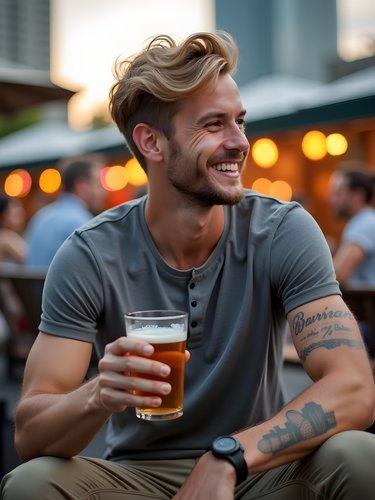
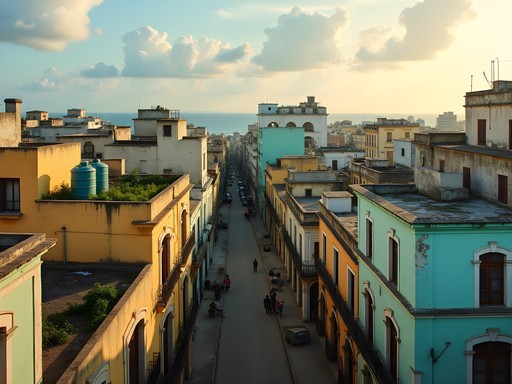
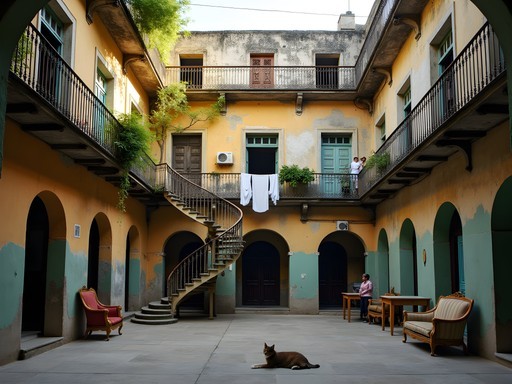
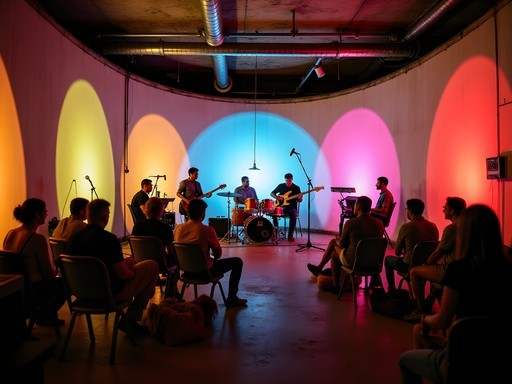












Comments
travellegend
Great post! Did anyone try those rooftop bars mentioned? Are they expensive?
Douglas Bradley
The rooftop at Ambos Mundos is touristy but worth it for the Hemingway connection. For better value and locals, try El Del Frente near Plaza Vieja - half the price with better mojitos!
citywalker
Just got back from Havana last week and wish I'd read this before going! We stumbled upon some community art spaces in Callejón de Hamel but missed so many others. The architectural contrasts in Centro Habana were mind-blowing though - crumbling facades next to meticulously restored buildings. We found this amazing paladar down a tiny alley that wasn't in any guidebook, run by a family in their living room. Best ropa vieja of the trip! One tip: we used offline maps since internet access was spotty, and it helped us navigate those hidden streets.
happymate
What was the name of that paladar? Heading there in December!
citywalker
@happymate It was called 'La Familia' on San Rafael, between Lealtad and Campanario. No sign outside, just look for the blue door with a small plant next to it!
Douglas Bradley
Jerry, your take on Havana's hidden transport networks resonates deeply with my experience there last year. The 'almendrones' collective taxis were my favorite way to get around - not just cheaper than tourist taxis, but such an authentic window into local life. I'd add that the P1 bus route is incredible for seeing the contrast between tourist Havana and everyday neighborhoods. One thing I'd caution readers about though: while Centro Habana has some of the most fascinating architecture, some areas require extra awareness after dark. Did you find the same during your explorations?
travellegend
Is it safe for solo female travelers to use those local transport options? Going next month!
Douglas Bradley
@travellegend Generally yes, especially during daytime. The collective taxis follow set routes and are used by locals of all ages. I'd recommend learning basic Spanish phrases though - it helps tremendously!
happymate
Those secret passageways in Habana Vieja sound amazing! Definitely adding this to my bucket list.
beachqueen
We did the public transportation too and it was great! The P11 bus takes you along the Malecón all the way to the beaches east of the city for just pennies. Best local experience of our trip!
Douglas Bradley
Jerry, this is exactly the kind of nuanced portrayal of Havana that's missing from mainstream travel content. I've visited three times over the past decade, and the transformation of community art spaces has been fascinating to witness. The economic challenges have paradoxically fueled incredible creativity. Your observation about the 'rhythm' of the city is particularly astute - it's something I try to capture in my own writing but rarely see articulated so well. For anyone following this thread, I'd add that the rooftop access in Centro Habana provides a completely different perspective on the city. Many local families will let you up for a small fee, and the architectural layering visible from above tells a complex story of colonial influence, Soviet-era pragmatism, and contemporary adaptation. The contrast between restored Old Havana and the beautiful decay of Centro reveals so much about Cuba's economic priorities and challenges.
Jerry Kelley
Thanks Douglas! Your point about rooftop access is excellent - those elevated perspectives really show the architectural palimpsest of the city. I've found that bringing small gifts (pens, toiletries) rather than money often creates more meaningful exchanges when seeking these kinds of local experiences.
Sage Dixon
Jerry, you've captured the soul of Havana perfectly! What struck me most about your post was how you highlighted the rhythm of daily life beyond the tourist facade. When I visited last year, I spent hours just sitting in Plaza de Armas watching the book vendors set up their stalls and locals playing chess. The architectural contrasts in Centro Habana are truly a photographer's dream - crumbling facades next to meticulously restored buildings tell such a complex story. Did you make it to the Callejón de Hamel on Sunday for the rumba? That's another hidden gem where you can experience authentic Afro-Cuban culture that most tourists miss. Your post has me planning a return trip!
dreamadventurer2507
Those secret passageways in Habana Vieja are magical! Found a tiny bookstore through one of them with the most amazing collection of vintage Cuban poetry.
freefan
That section about the hidden passageways in Habana Vieja took me right back! Found the best mojito of my life down one of those alleys!
cooltime
Jerry, your section on Havana's hidden transport networks is spot-on! The almendrones (shared taxis) are such an authentic way to experience the city. I spent a week riding different routes and had the most amazing conversations with locals. One driver showed me his grandmother's paladar in Centro Habana that served the best ropa vieja I've ever had. For photographers, I found early morning (6-8am) in Centro Habana offered incredible light streaming through those architectural time capsules you mentioned. I used my camera bag which was perfect - secure but didn't scream 'tourist' like bulkier options.
Venture X
Premium card with 2X miles, $300 travel credit, Priority Pass